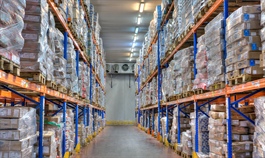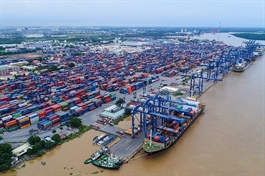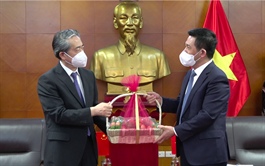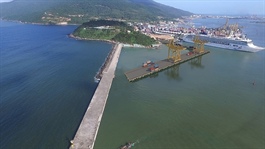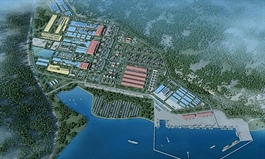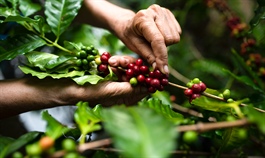Great investment opportunities in cold storage
Great investment opportunities in cold storage
The rise of online shopping is driving demand for cold storage facilities, a segment that is severely short of supply around the world. 
Research firm Forrester forecasts online shopping in Asia-Pacific will grow by 30 per cent annually by 2024.
Trang Bui, senior director of markets, JLL Viet Nam, said the seafood export sector occupied the largest area of cold storehouses in Viet Nam.
During the peak period of the COVID-19 pandemic, up to 30 - 50 per cent of seafood export orders were cancelled, leading to an increase in inventories, causing cold storehouses to operate at maximum capacity.
Supply was constrained in part because cold storehouse facilities take more time to build than other types of logistics properties. The construction of cold storehouses is more complicated and expensive than standard warehouses, said Trang.
The investment cost of cold storehouses is two to three times higher than that of standard warehouses, and the construction process can take up to six months. Besides, the lease term usually lasts from 15 years to 20 years, making the already scarce supply even more scarce, Trang added.
Michael Ignatiadis, head of Supply Chain & Logistics Solutions, JLL Asia Pacific, said Asia's rapidly growing population and middle class, increasing demand for fresh food, was driving demand for cold storehouses.
The potential of cold storehouses has attracted the attention of real estate investors, venture capital funds and lenders. Investors are also considering cold storehouse as an alternative to traditional industrial real estate and logistics companies are looking to expand into new markets.
JLL Viet Nam reported cold storage for seafood operated most effectively within a distance of 50km to ports, while items such as vegetables and fruits should be located near urban areas.
Currently, the supply of cold storage is mainly in the southern region due to great demand, of which, about 60 per cent of the market share is held by foreign investors.
JLL experts also shared that for Viet Nam to enter the next phase of the industrial and logistics cycle and move ahead of regional counterparts, it was vitally important to continue spending significant amounts on infrastructure, including both highways and utility networks, including renewable energy.
Also, Viet Nam's cross-border trade process, which includes both time and costs, still needs significant improvements.








